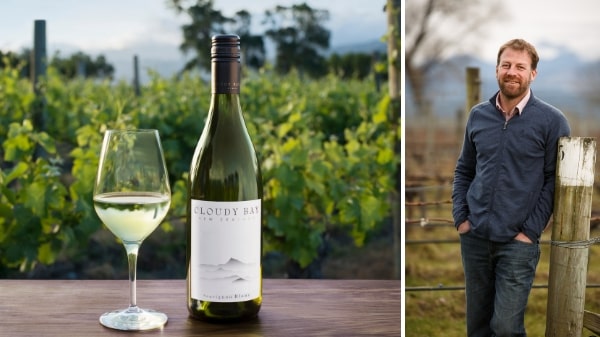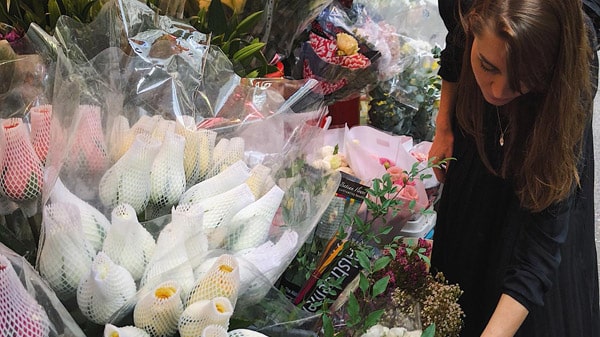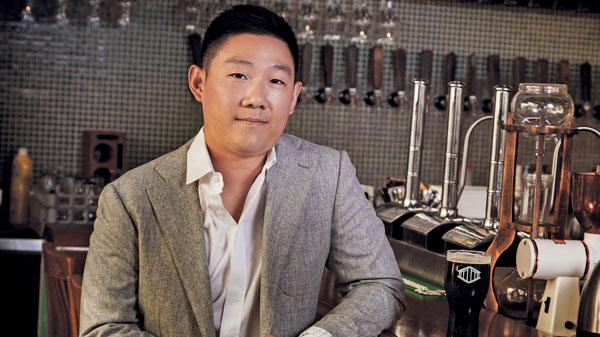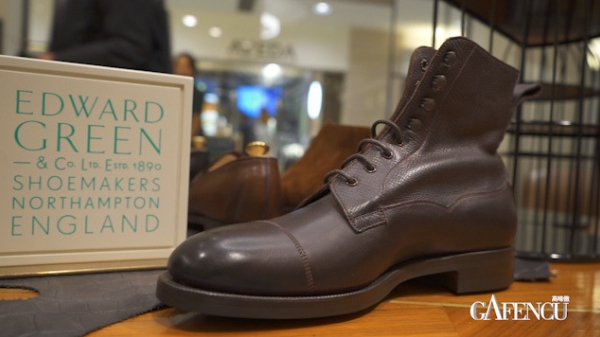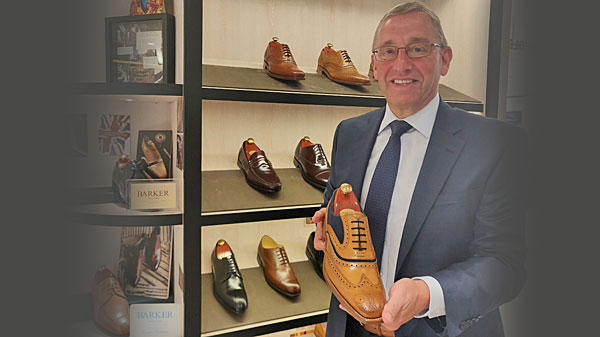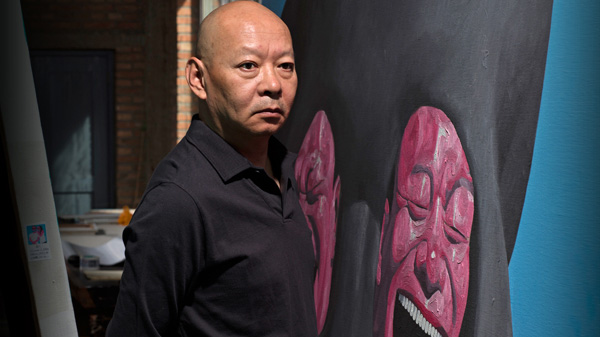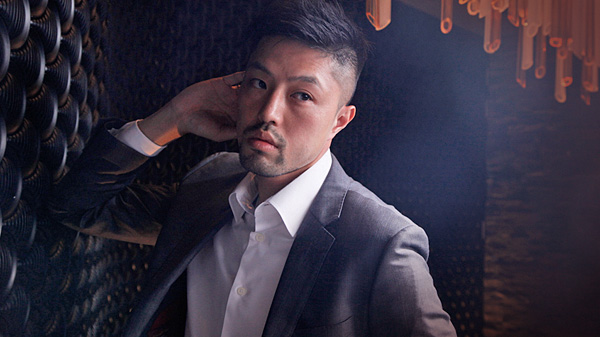Patricia Cheong, the founder of PR firm MM Group and the primary force behind the booming public relations industry in Macau, talks about her journey from being a beauty queen to PR royalty…
How did you evolve from being a one-time Miss Macau to becoming a leading light on the local PR scene?
When I entered the Miss Macau beauty contest in 1986, I was just 17 years old and was yet to finish college. While I had just done it for fun, it became quite an eye-opening experience. It gave me the chance to meet so many people as I travelled across the world promoting Macau. It truly paved the way for me to become a PR professional later on. If you think about it, I was playing a PR role and acting as an ambassador for Macau on the world stage. After the contest, I went back to school to finish my studies, but the seeds of my PR career had been sown.

Given your success in the contest, were you ever lured by the world of film or TV?
Well, a few offers did come my way. While I never did any TV series or films, I did work on some documentaries and entertainment shows for TVB and TDM. I soon realised that it wasn’t really for me. I prefer managing the show myself, rather than being directed by other people.
So, at what point did you decide to launch your own PR firm?
In 1994, just a few years after I had graduated. I already knew that I was a people person, but I also realised that I could be quite entrepreneurial. So, I took a leap of faith and started the firm when I was in my mid-20s and it’s still going strong.

You also found time to study for an EMBA…
Yes, after being in business for about 11 years, I realised I needed to hone my management skills. This led me to join the Kellogg-HKUST Executive MBA Programme in 2005, which helped me upgrade my skill set and expand my professional network.
That aside, how have you found running and sustaining your own business?
Well, it’s certainly been memorable. There have been ups and downs along the way, but, overall, I’d say things have gone fairly smoothly – except for 2008, when the economic tsunami had a major impact on all of us. When I started out, though, it wasn’t always easy, as Macau is such a small place. There was a lot of competition and comparatively few opportunities.

As a former Miss Macau, though, I was fairly well known and that helped open some doors. After 2002, however, when a more liberal approach to hotel and hospitality licences was adopted, we found ourselves in the middle of an economic boom. As a PR and marketing firm, we benefited a lot. Soon after the change, we took on Sands China as a client, followed by other local and American hotels. It was as if things had been turned up several notches almost overnight. As a result, I became heavily involved with the whole gaming trade business – from games and in-house shows to F&B, trade shows, seminars, concerts, etc.
With Macau now ranked as one of the wealthiest places on earth in terms of per capita GDP, does this make it fertile ground for new businesses?
Absolutely. It is already established as Asia’s premier gaming market, with all of the industry’s major players now having a presence here. Now, the local government is pushing to diversify further and wants businesses in other sectors to flourish as well.

Given your many responsibilities and commitments, how do you go about organising a typical day?
As soon as I wake up, I check and reply to all my messages and mails. Then it’s time for my morning workout – something I look forward to every day. After that, a lot of my time is taken up with business matters, and I tend to do a fair amount of social and professional networking after work, maybe over dinner with clients and colleagues. I generally only get to bed after fielding a number of calls from our European clients. While it’s a long day, it’s generally not all work and no play. On weekends, I spend a long time at the gym and then unwind with friends over food and wine. As a Libra, I know how to balance work with fun and I think I manage that pretty well most of the time.
What advice would you give to someone currently considering starting their own business?
It’s not easy to give advice as the world is changing so fast, with many new business models emerging. Despite that, I still believe that any startup has to be unique, have a great team behind it and a real understanding of their chosen market. Above all, though, they need to think big, aim high and always have the courage to try.
Thank you.
Interview by: Suchetana Mukhopadhyay
Art Direction: San Wong
Makeup: Margaret Wong
Photos: Neville Lee
Video: Lai-Ty Yeung
Jewellery: Bulgari
Venue: Kerry Hotel




